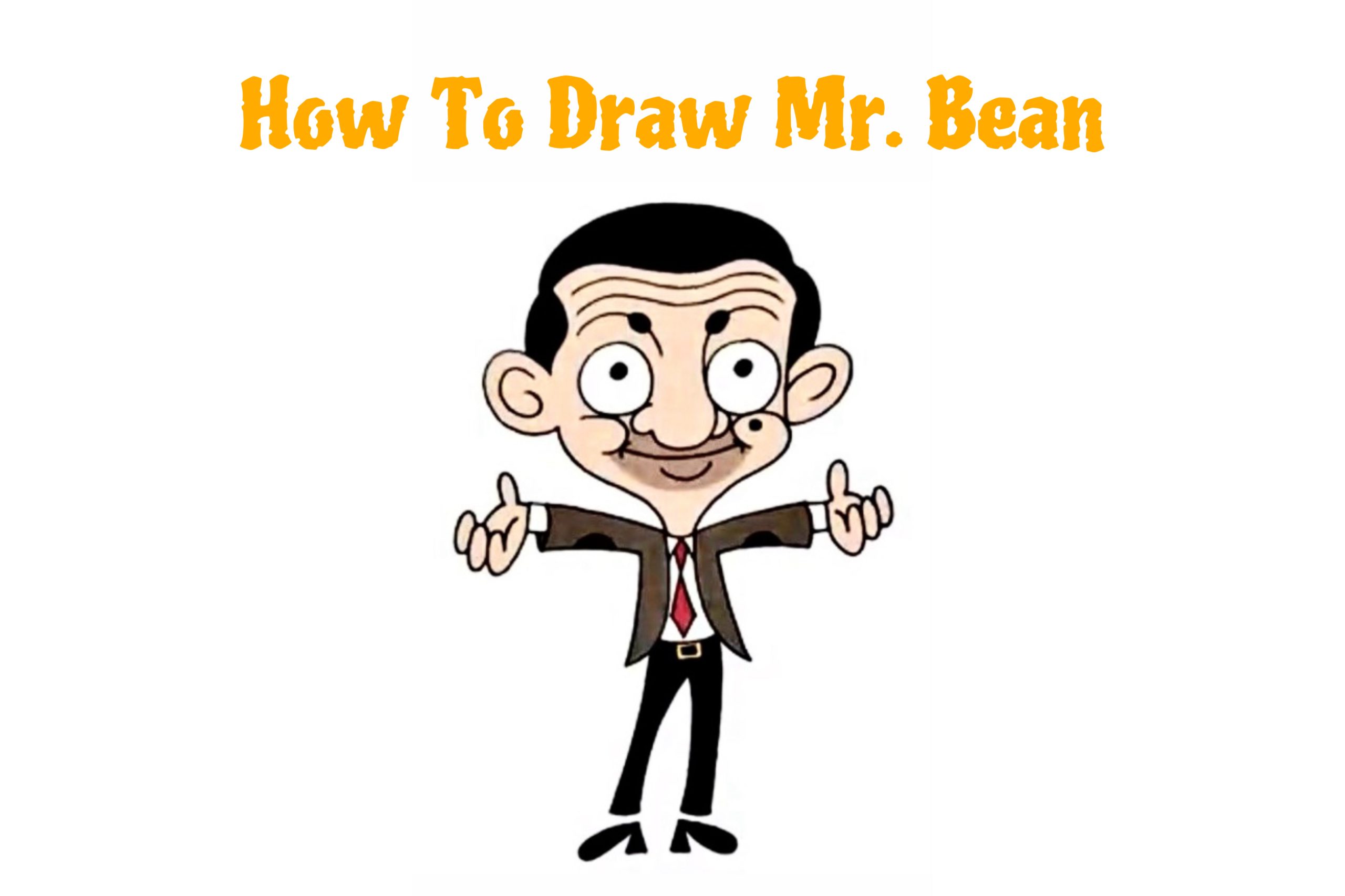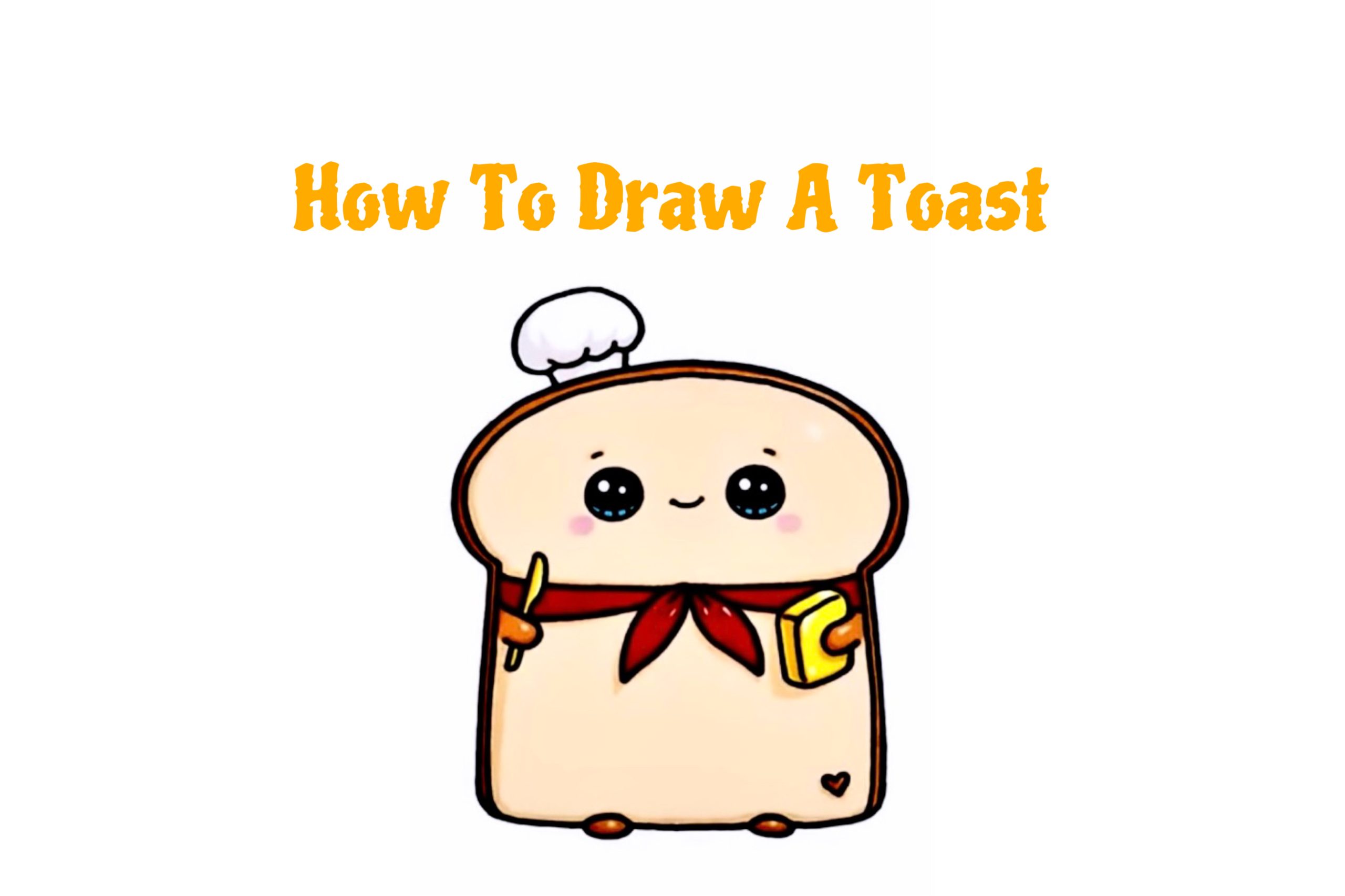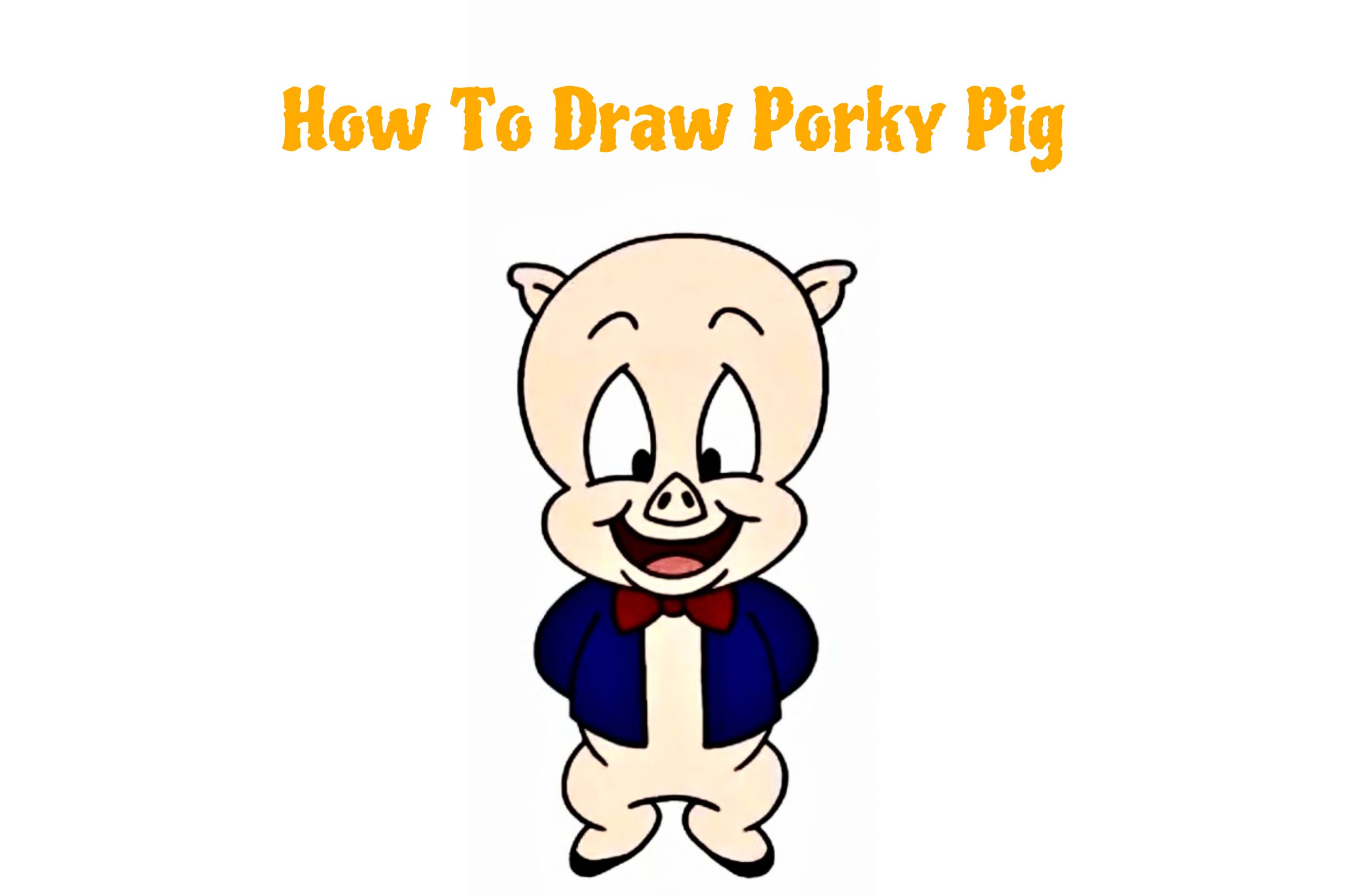Coloring Theory
Abstract Art – Abstract Coloring Techniques
Many people believe that a professional abstract artist’s artwork is no different from a child’s scribbles, making it difficult to see the meaning within the works. Join our blog to explore abstract coloring techniques; it will bring a different perspective to the viewer, conquering even the most discerning art enthusiasts.
I – What is abstract art?
Abstract painting is a highly-rated genre by art critics for its values. Understanding it is a challenge to the imagination, along with unique, attractive features that only this genre can bring to the viewer.
Abstract painting does not follow any standard like other genres of painting. Each stroke that makes up the paintings is a disruptive stroke that surpasses the usual standards of an artwork. Each stroke is the thoughts cleverly hidden by the artist in his work.
“Abstract” in English is an adjective indicating abstraction, meaning “existence as an idea, feeling, or quality, not a physical object”. Therefore, the strokes of this genre do not just name an existence, an object, or a specific idea. The whole painting is a perfect combination that has minimized what is unimportant to the painting but still brings the maximum value to the essence and meaning to the viewer. The perception of the viewer is not the same; it is infinite when anyone can understand the painting in their own way.

II – Understanding Abstract Art
1. What is the meaning of abstract art?
Humans naturally seek reality. They assume that only things that are real to them make sense. For this reason, when faced with a painting created by strokes that are “strange” to the average person, abstract paintings suddenly become difficult to understand and approach.
Initially, they were considered colorful works with unclear layouts, not following a common standard of painting. However, abstract paintings have gradually won viewers’ affection with the unique values they bring. Humans are a species that is always craving to find new special features in life. Therefore, when challenged to understand this form of painting with creative thinking and open-mindedness, humans gradually become more fascinated, more passionate, and then conquered by the values of abstract art when they have discovered the mysteries hidden in the paintings.
Related topic: Botanical Art From A To Z
2. The past, process, and period of abstract art.
Abstract painting art carries many layers of meaning. They include the process of creating the work, the hidden meaning that the artist embeds, or the omission of unnecessary elements for the painting to highlight the work’s symbolism. For this reason, studying the work and the person who created it is extremely important to recognize the whole meaning of an abstract work. The artists themselves also leave exceptional marks on their history, their period, and where they live and make. Each such detail brings you closer to the mysteries hidden in abstract works. The Netherlands painter Piet Mondrian (1872–1944). In addition to his geometric minimalism, he is well-known for his abstract paintings. If you understand the philosophy “Piet Mondrian simplified the elements to reflect what he saw, the spiritual order beneath the physical world, creating a clear, universal aesthetic language in his painting”, you can get closer to the values that his paintings bring, thereby better understanding the good things that the artist wants to convey.

III – Recognizing the difference between children’s art and abstract art
Some people argue that abstract paintings have similar expressions to children’s drawings. However, these are just objective assessments lacking a reasonable explanation for the surface of the “iceberg”. For abstract art, the work often contains many layers of meaning and requires understanding visual elements and fine arts.
Abstract art brings deep, meaningful values through the strokes that make up the whole, unlike images that can be easily recognized like other genres of painting, and it becomes extraordinary in the art painting village.
While it cannot deny some similarities in the way of expression between children’s drawings and the works of professional abstract artists. However, the similarities are just the outside. There are a few ways to explain that children’s drawings carry many thoughts and meanings (these reasons often follow children growing up and becoming real artists). However, for artists, the works contain more layers of meaning, requiring meticulous calculation and understanding of visual elements and art principles. For example, through some tangible structures, even non-artists can understand the emotion of the painting.
IV – Geometric Shapes and Expressive Colors in Abstract Art
1. Using Geometric Shapes in Abstract Art
Geometric shapes have mathematical definitions and common names. They have separate edges or outlines, and artists often use tools such as compasses and angle rulers to create geometric shapes that are mathematically accurate. This group includes squares, circles, triangles, rectangles, polygons, and other shapes. Since the paintings usually have a rectangle, the margins and limits of the painting or photo are implicitly defined.
Geometric art was created in the early 20th century by artists passionate about geometric shapes. Elements and geometric shapes are used to create geometric art. Geometry is an inspiration for geometric art. A subfield of mathematics called geometry studies shapes’ size, shape, and relative location.

2. Expressive Colors in Abstract Art
As you know, color can affect human mood and emotions. Therefore, color is considered a tool for communication. At the same time, color can indicate an action that affects people’s mood or mind, especially in abstract art.
Related topic: Coloring Techniques For Fantasy Art
V – Guide to Abstract Coloring Techniques with Geometric Shapes and Expressive Colors
Let’s start by choosing a basic shape to color, such as a square or rectangle; draw and stain anything you like; be creative! Don’t put too much emphasis on producing a perfect work; art is limitless. Our blog would like to introduce you to geometric shape templates to practice abstract art coloring.


VI – FAQ
1. How long does it take to understand abstract art?
Time is essential to comprehend a piece of art. This applies not only to abstract paintings but also to all other art forms. A painting is created by the passion, emotions, and patience of great artists. Their unique thoughts are conveyed through each stroke over a long period, living on to this day. Therefore, we should also spend time and patience understanding these fantastic works of art.
Spending time understanding art has also become a global movement called “The Slow Art”. This movement improves the situation where viewers only skim through without taking the time to fully understand the artwork.
2. Who started geometric art?
Kazimir Malevich
One of the pioneers and most representative artists of abstract geometric art is Kazimir Malevich, the founder of the Suprematism movement. His purpose was to seek an absolute and pure expression, non-figurative, unlike conventional art.
3. What is expressive color, and why is it essential in abstract art?
Expressive color is the use of color to express emotions, meanings, and mood states in artworks, creating an exciting and profound experience for the viewer.
The above are essential factors that can help you have a different view of abstract art, geometric shapes, expressive colors, how to perceive them, and knowledge about abstract coloring techniques. Hopefully, after this article, you will love this genre of painting more than before. Please share the blog to help everyone understand more about abstract art!
Many people believe that a professional abstract artist’s artwork is no different from a child’s scribbles, making it difficult to… View More









